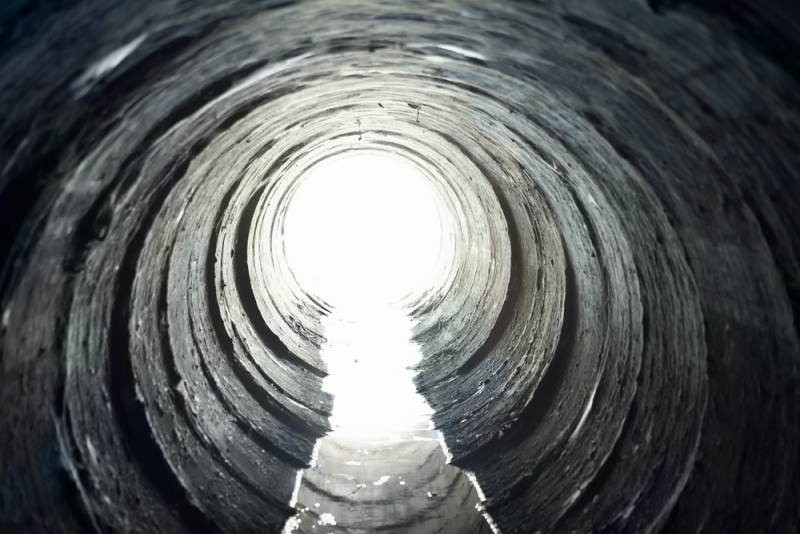Humans have been using underground sewer systems of one kind or another since the Babylonians invented the sump in 4000 BC. The first connected sewer systems appeared a thousand years later in what is known today as Pakistan.
Since the sewer was invented, maintaining and inspecting the lines has been a perpetual problem. The invention of the pipe crawler robot is a big step in solving this problem.

How does a pipe crawler robot work?
Pipe crawlers can be either autonomous and powered by battery or tethered to a power source. An Envirosight robot is fully submersible and waterproof. The robot is equipped with a camera and sensors which tell it where it is in relation to the pipe and control unit. Some pipe crawlers have wheels while others attach to the end of a hose.
What kind of pipe crawlers are there?
Some pipe crawlers are designed specifically to take a rapid survey of a pipe, providing wireless views and zoom lenses for a quick diagnosis of sewer line problems.
Other pipe crawlers can attach to the end of a hose so plumbers can see what they’re doing and then blast through obstacles and clogs with a hydrojet.
Still other crawlers are designed to be pushed along the pipe and move into awkwardly shaped spaces. These are typically made to withstand a lot of abuse and do not have wheels.
What issues can there be in using pipe crawlers?
There are two big issues when it comes to sending a piper crawler robot down a sewer pipe. The first issue is with durability and the second with movement.
Durability
It goes without saying that sewers are tough places to travel down. They are not the sort of spots anyone would voluntarily put electronics in, so pipe crawlers have to be very rugged.
To deal with this issue, pipe crawler robot systems need to be welded and sealed to keep anything from getting in. A special powder coating protects the stainless steel construction. You can also buy crawlers in a variety of sizes to find the one most suitable for a particular need.
Movement
Because sewer pipes can be filled with all kinds of detritus and debris, getting anything down them is always a challenge. Pipe crawlers need to be able to get around and through all kinds of obstacles. There are several ways of dealing with this issue.
First, manufacturers make a wide variety of accessories for Envirosight pipe crawler robots, including wheels that can be changed out for ones of a different size or grip, and camera lifts and lamps that allow the user to look around obstacles.
Another way of dealing with movement issues is by making the robots capable of moving laterally and performing scans and laser profiling from the side as well as from the front.
What can sewer crawlers find?
Sewer camera inspections have changed the way we think about sewers. When the only way to find and fix a problem was to dig an enormous hole in the ground, people tended to wait for a problem to manifest before doing anything about it. Sewer crawlers make it convenient to be proactive about finding issues before they become a disaster.
A sewer camera inspection can identify exactly where the sewer line is, saving a lot of time when the line’s location is not clear. A sewer crawler is also a good way to find where plant roots have broken through a pipe. The camera can also find the location of clogs and allow the operator to see what a clog is made from.
Sewer crawler robots save time and money for both private and civil sewer inspections and repairs and make it possible to see just what’s going on in these crucial pipelines.



